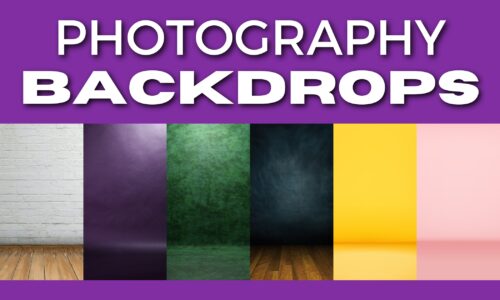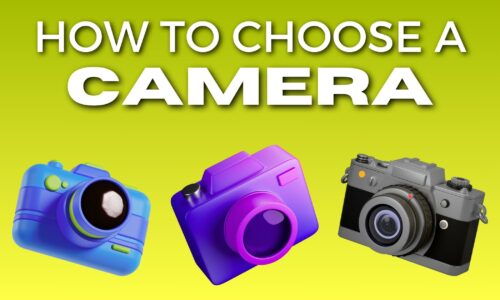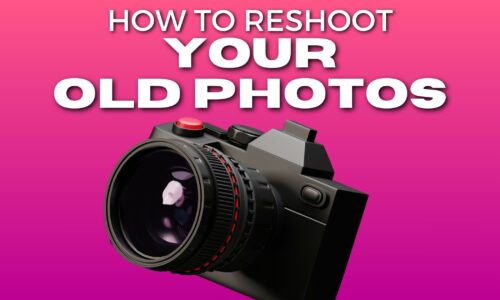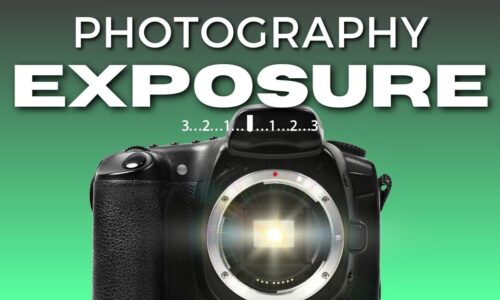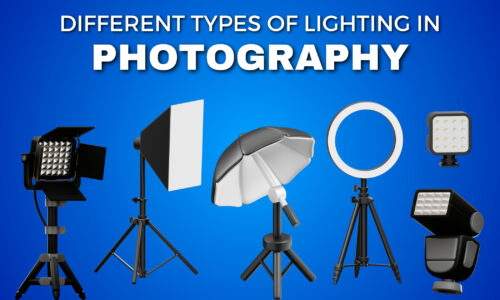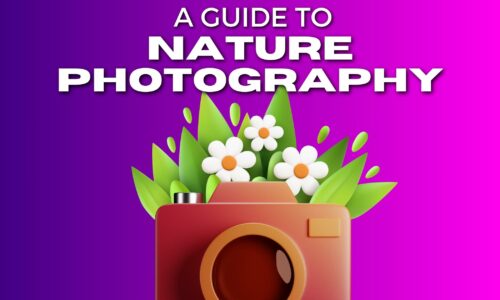What is Photography: An Introduction and Quick Guide
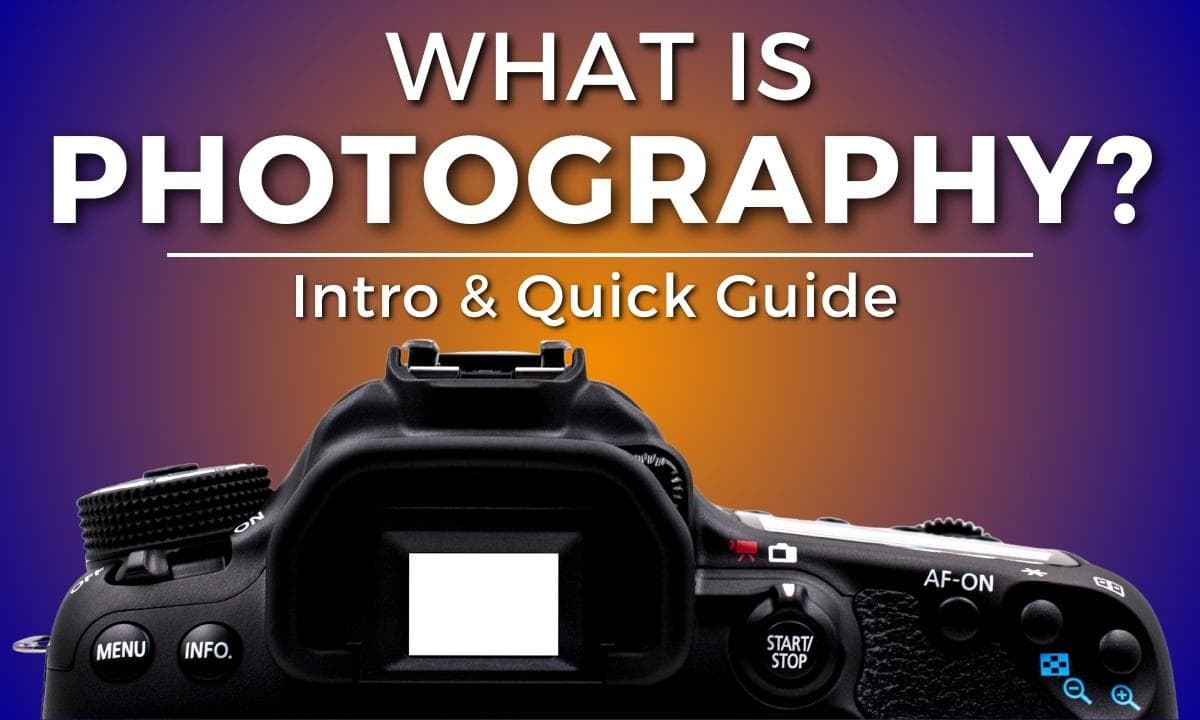
Want to get started in photography but don’t know where to begin?
This introduction to photography and a brief history is perfect for beginners!
It covers all the basics you need like gear, things you should know, and how to get started. It also touches on the rich history of photography.
This is information I think everyone should know before starting their photography journey.
So, let’s get on with it!
What is Photography?
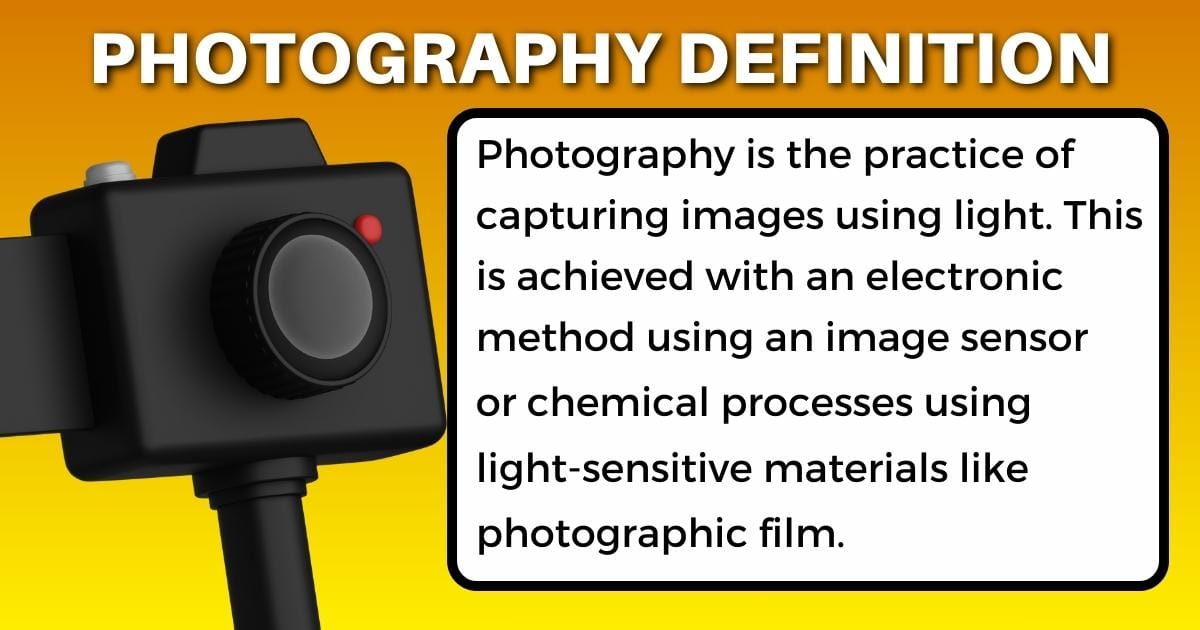
You’re using a camera to capture light and create images.
Capturing light is pretty magical to me.
The pictures you take document both the monumental and mundane, from a stunning sunset to a shared laugh with friends.
Photos aren’t just about seeing, it’s interpreting. A single picture can tell a thousand stories.
For Example: A photo of a worn-out shoe.
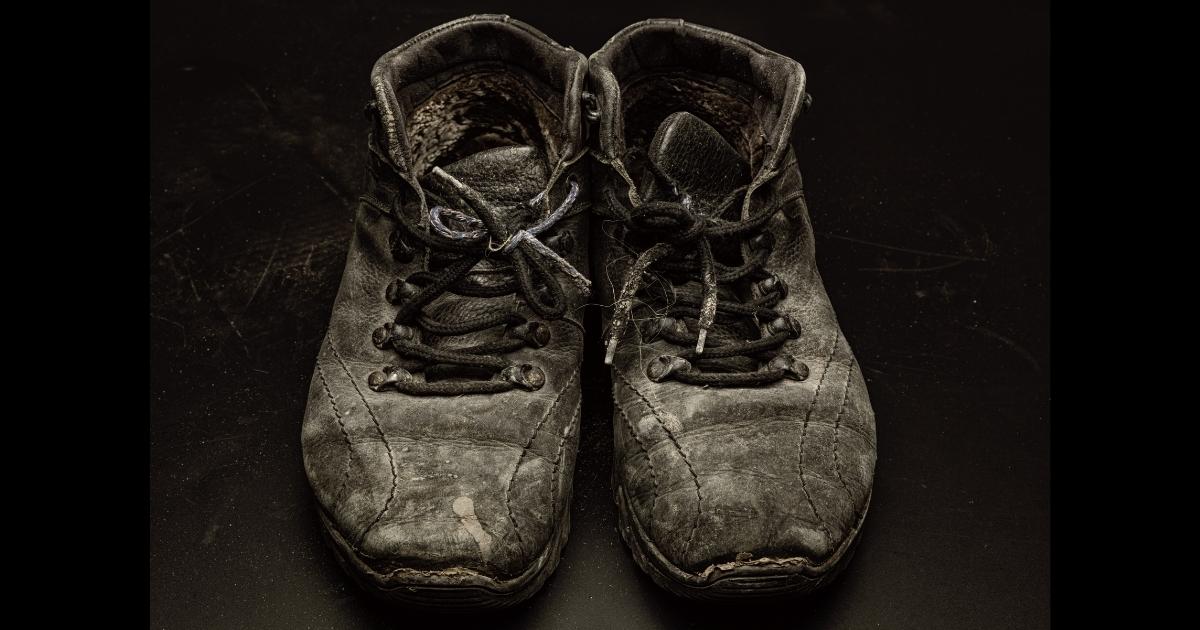
To one person, it’s just a shoe. To another, it symbolizes a journey. That’s the power of photography.
From Lens to Picture: How Light Transforms Into a Photographic Image
Light is the foundational brushstroke that creates a photographic image.
When light encounters a camera’s lens, it gets bent (changes direction) and is focused on the camera’s sensor which is similar to a painter’s canvas.
This interaction of capturing light and translating it into a mosaic of tiny light-sensitive units is called pixels.
A pixel (picture element) is the smallest item of information in an image.
The intensity and color of the light hitting each pixel are registered, forming a digital impression. These impressions unite like a puzzle to craft a complete image.
Each pixel contributes to the overall picture.
This dance of photons and sensors, occurring in a fraction of a second, transforms passing moments into real visual stories.
Photography History
Photography has been an incredibly powerful tool that has shaped the world in ways we can’t even imagine.
It has captured the beauty of the world around us, the highs and lows of human emotion, and even historical moments that have shaped our society.
The history of photography is a story of innovation and creativity.
From the first daguerreotype to the modern smartphone camera, photographers have always pushed the boundaries of what’s possible.
A Short Timeline With The History of Photography
1826: The first permanent photograph was taken by Nicéphore Niépce
1839: Louis Daguerre introduces the daguerreotype, a practical photographic process
1888: George Eastman introduces the Kodak camera, making photography more accessible
1900s: Color photography begins to emerge, evolving over the century
1960s: Digital imaging research takes its first steps
1975: Steven Sasson creates the first self-contained digital camera prototype at Kodak
2000s: Digital photography becomes mainstream, transforming the field
There it is, a quick rundown of the history of photography. What a journey!
7 Famous Photographers
Many photographers contributed and continue to add to the development of photography. Steven Sasson’s invention to me was huge. But, here are seven more photographers I’d like to discuss more.
Joseph Nicéphore Niépce: The 1st Photographer
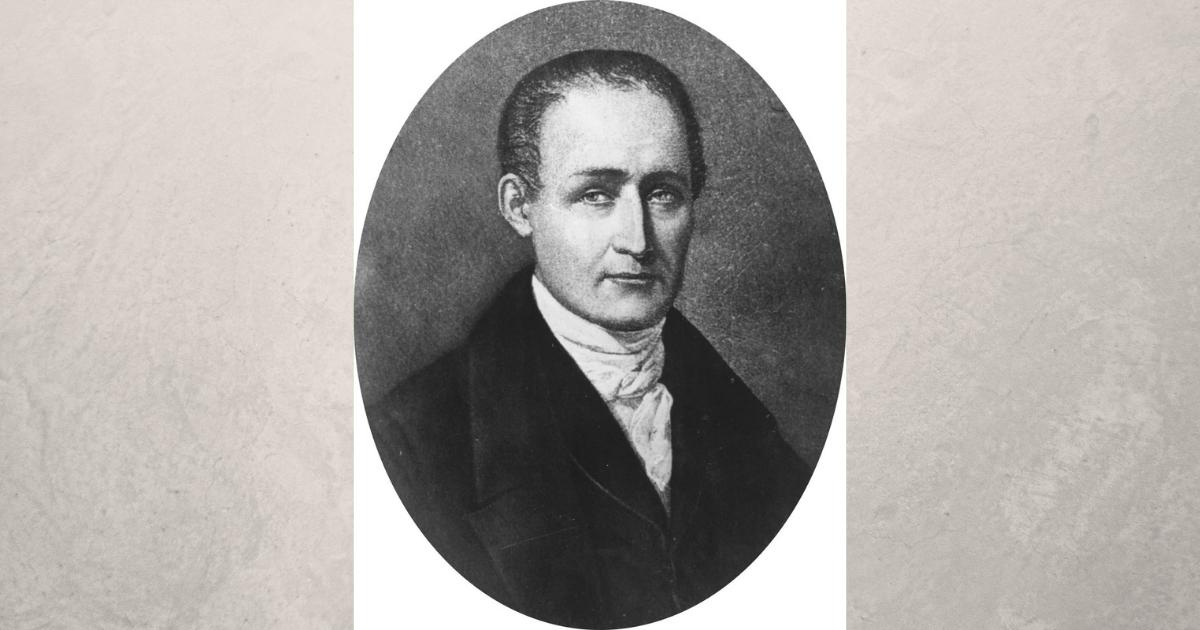
Joseph Nicéphore Niépce is the man who laid the foundation of photography. Niépce was a French inventor who developed the process of photography in the late 1820s and is primarily known for producing:
The first permanent photograph, called ‘View from the Window at Le Gras’ taken in 1826
A unique process called ‘heliography’ – involves coating a lithograph in a substance made from dissolved bitumen and lavender oil, placing an engraving on top, and exposing it to sunlight
In these early stages of photography, Niépce’s experiments were quite time-consuming but nonetheless innovative. He paved the way for how we capture photographic images today.
Louis Daguerre: Invented The Daguerreotype
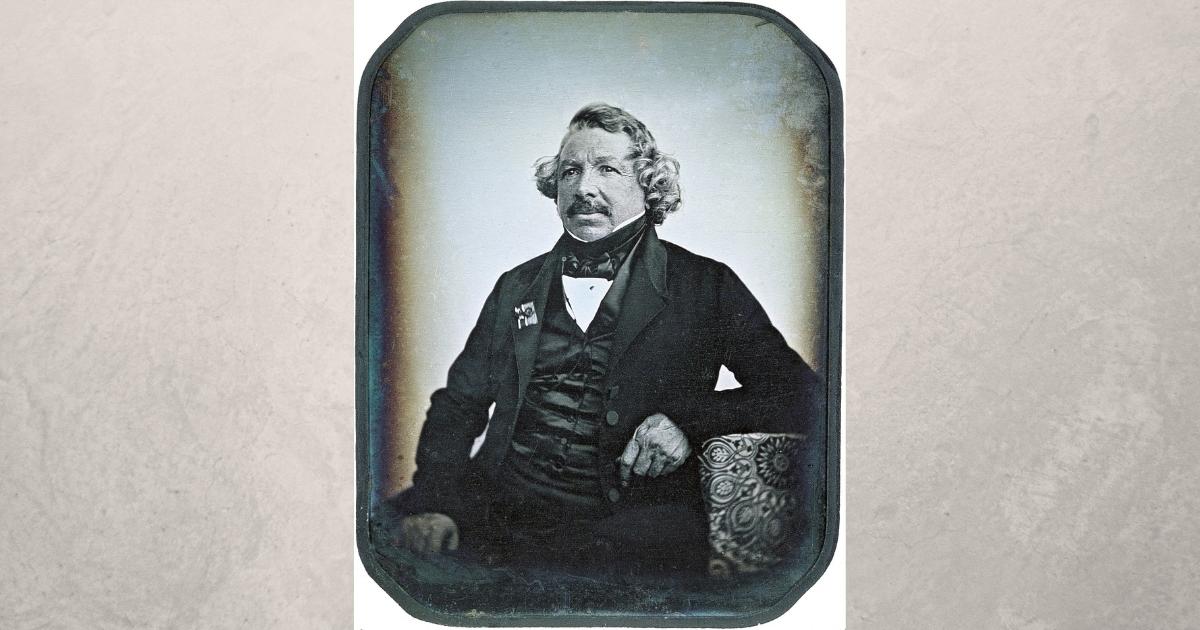
Louis Daguerre, a French artist, is the man behind the Daguerreotype.
A milestone in the evolution of photography because the process significantly reduced exposure times.
George Eastman: Founder of The Eastman Kodak Company
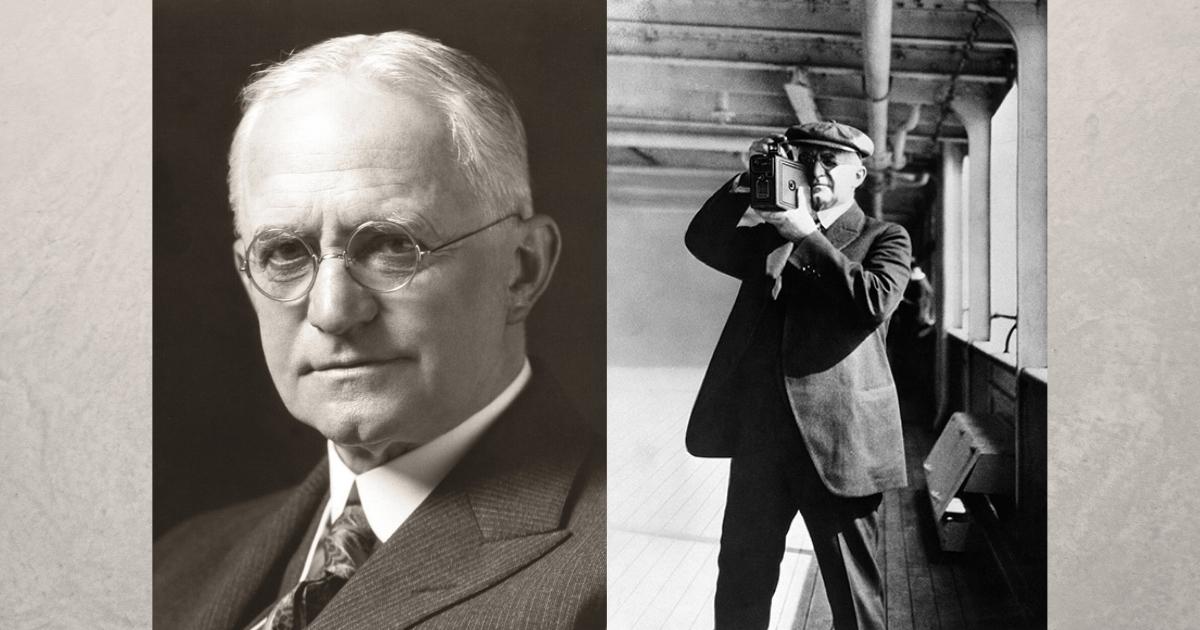
George Eastman founded the Eastman Kodak Company.
In 1888, Eastman introduced the world to roll film
He made cameras so nifty and compact that they fit in pockets
Made photography mainstream as millions owned a Kodak camera, which Eastman made affordable
Alfred Stieglitz: Believed Photography Was Just as Important as Art or Music
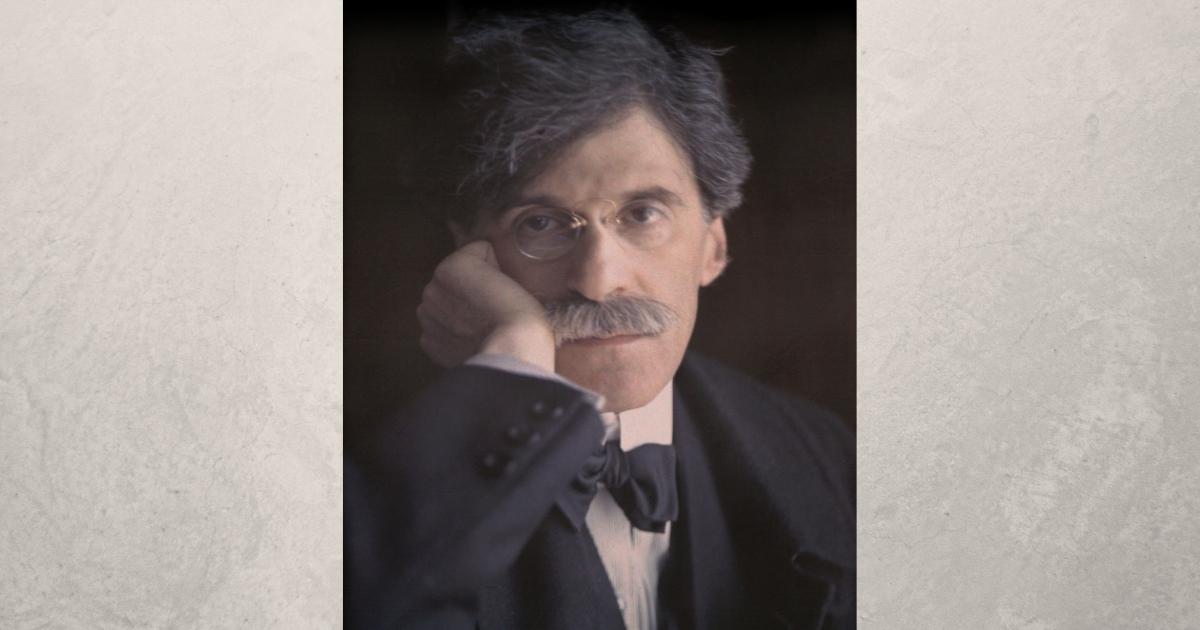
Alfred Stieglitz, a prominent 20th-century photographer, stands out as a big advocate for photography as a form of fine art.
Stieglitz was adamant photography was more than just mechanical reproduction. Instead, he viewed it as rich with artistic possibilities.
He firmly believed that, like traditional art, photography could invoke strong aesthetic emotions in viewers.
Stieglitz’s passion for photography helped pioneer its acceptance as a legitimate art form.
Dorothea Lange: Trailblazing Portrait & Documentary Photographer
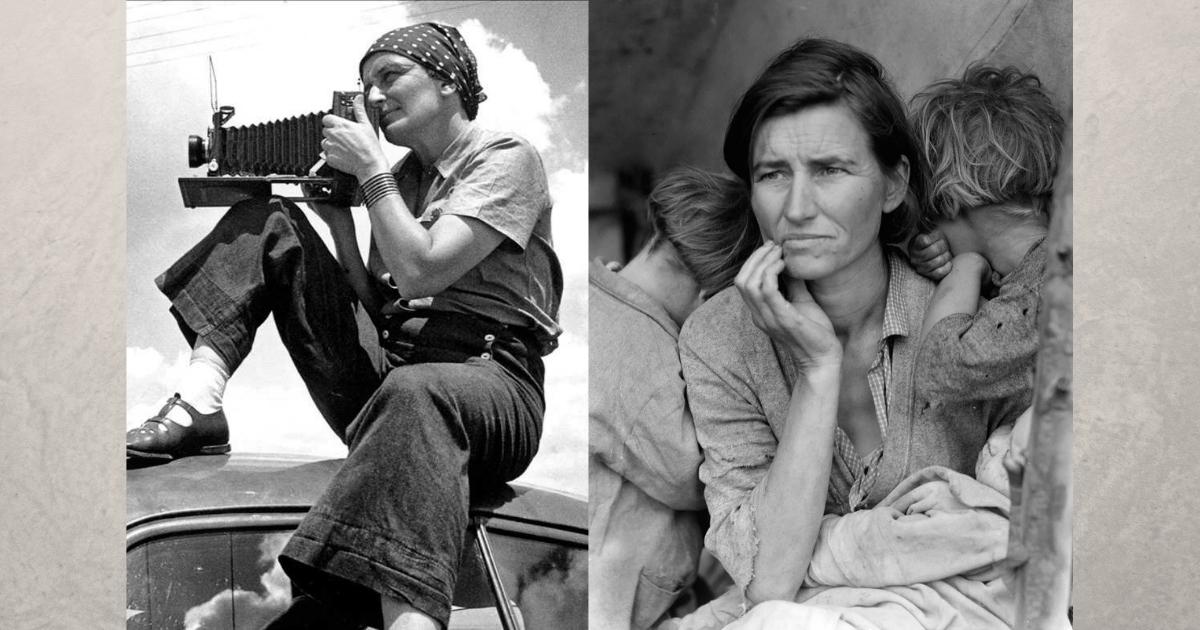
Dorothea Lange was a driving force in the world of portrait and documentary photography. Her camera lens was a key eyewitness during the trying times of the Great Depression in the United States.
She was great at showing the potential of photography as a powerful storytelling medium.
Ansel Adams: Famous Landscape Photographer
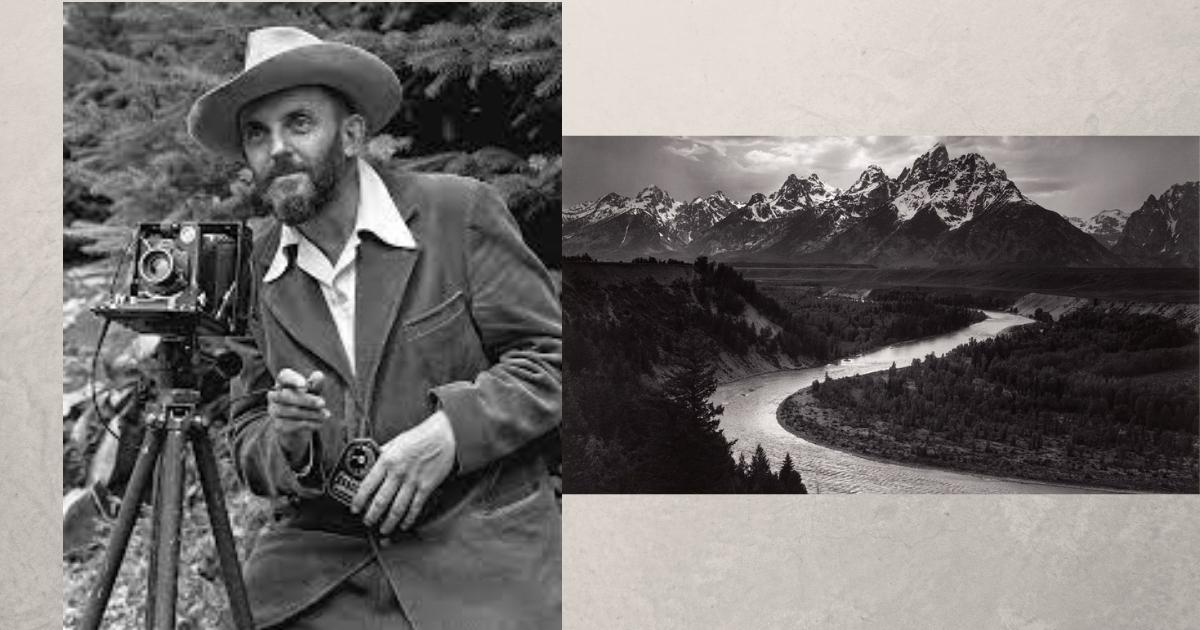
Ansel Adams is probably the most famous photographer in history.
His genius lies particularly in landscape photography. Here are some of his contributions:
Renowned for his black-and-white landscape photographs of the great Western outdoors
Along with portraying the beauty of nature, Adams led a movement for the conservation of natural spaces
His line, “You don’t take a photograph, you make it.” is one of the most celebrated quotes in the world of photography.
Edwin Land: Co-Founder of The Polaroid Corporation
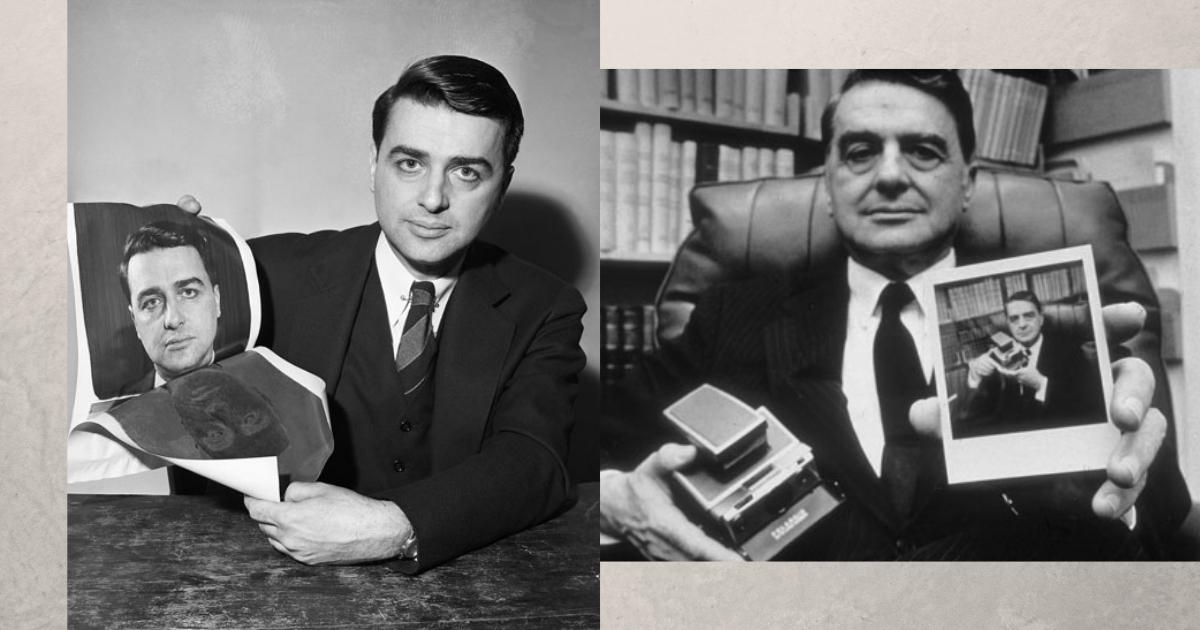
Edwin Land invented the Polaroid instant camera that gave birth to instant photography.
Land also:
Conceptualized and produced the first commercially available instant color film.
Introduced the Polaroid SX-70, the first instant SLR (single lens reflex) camera.
Pioneered the development of integral instant film that automatically processes photos within the camera itself.
What Is The Purpose Of Photography?
Photography exists to capture moments, feelings, and stories. Its purpose is to freeze time and make memories last forever.
We take pictures to remember special times, show people how we feel, and share what we see.
Pictures tell stories without words and show the beauty of ordinary things in our lives. They help us remember the past, share our lives with others, and even make art.
So, the purpose of photography is to capture time, life’s moments and show the world to others in our own unique way.
Join Our Newsletter
Each week you’ll get photography and business tips we don’t immediately publish online.
Different Types of Photography
Commercial Photography – Commercial photography is when photographers take pictures to help businesses. And they make products look really good in pictures for ads, websites, and catalogs. Commercial photography is all about showing things off in the best way possible so people want to buy them.
Fine Art Photography – Fine art photography is using cameras to create pictures that aren’t just regular pictures but also like paintings. Art photographers try to make the pictures look special and meaningful, using colors, angles, and ideas to tell stories or show feelings.
It’s like making your own unique kind of art using a camera instead of paint and brushes. Just like artists, artistic photographers use their imagination and creativity to make pictures that make us think, feel, and see the world in new ways.
Documentary Photography – Documentary Photography is a style that accurately portrays people, places, objects, and events, often used for reportage.
It’s about honest representation, not creative interpretation
It’s crucial for keeping historical records
An example would be photos documenting a recent local event in your community
This style is straightforward, accurate, and unfiltered, leaving the story and emotion to the subject itself.
Street Photography – Street photography is capturing people, places, and cultures in their natural elements – unposed and real. As a street photographer, the goal is to capture people’s emotions and expressions candidly, without causing discomfort or disturbance.
You Want To:
Look for moments that tell a story or evoke emotion.
Stay invisible as much as possible, so as to not alter the scene.
Remember, it’s not just about shooting faces. A city’s vibe or everyday life also falls under street photography.
Portrait Photography – Portrait photography is one of the most common styles you’ll come across. It involves capturing a person, or group of people, where the main focus is on the face and expression. It’s not necessarily about the setting or backdrop, but the person.
Event Photography – Event photography, as the term suggests, focuses on capturing exciting moments of any event you’re hosting or participating in. Be it a community gathering, office meeting, family get-together, or birthday party.
Wildlife Photography – Wildlife photography is about snapping spectacular pictures of animals in their natural habitats. It’s capturing everything from birds in a tree to lionesses teaching their cubs how to hunt.
Product Photography – Product photography is all about highlighting the features and details of a product in a visually appealing way. No conclusions or emotions here, just products. It’s a powerful tool for driving sales, with captivating shots enticing customers to buy.
Fashion Photography – Fashion photography is making fashion items captivating to potential buyers.
As a viewer:
You’ll often stumble upon such photos in magazines or online stores.
The goal is to tempt your viewers to purchase the fashion items featured in their shots.
Landscape Photography – Landscape photography is all about capturing Mother Nature. For example, outdoor scenes like mountains, beaches, or forests. Capturing the beauty of nature helps us appreciate the world around us.
Sports Photography – Photographing sports involves getting the thrilling action of live sporting events. As a sports photographer, you get to freeze actionable moments and spectacular performances of athletes on film. Images of explosive basketball dunks, touchdowns, and soccer players scoring or celebrating a goal come to mind. High-speed shutters capture every detail.
Architectural Photography – Architectural photography is taking pictures of buildings and structures. It showcases their designs, details, and beauty, highlighting their unique shapes, styles, and features. With a focus on both exteriors and interiors, this style allows you to capture details often overlooked.
You’re turning a building into a work of art. Think of it as product photography, but instead, your subject is architecture. A classic example could be a detailed photograph of a historic cathedral or a sleek modern skyscraper.
Food Photography – Ever drooled over a picture of a scrumptious dish? That’s the power of food photography. Food Photography is about crafting enticing images of food that scream “Eat me!”
It’s a skill that plays a huge role in the food and beverage industry – like Instagram posts, menu images, and advertisement billboards. The goal? Make people drool enough over your pictures that they want to buy the real deal.
Travel Photography – Travel photography documents moments of your journey, incorporating both cultural experiences and scenic landscapes. It can consist of various categories like landscape, street, or portrait photography.
Black and White Photography – Black and white photography is using shades of gray to make pictures. It’s artistic and timeless, focusing on shapes, textures, and emotions without using colors. Black and white photography is the go-to for that “classic” photographic look.
Wedding Photography – Wedding photography, as the term suggests, captures all the joyous moments of a wedding. It’s all about you and your partner, the love you share, and the celebration with your loved ones.
Basic Photography Equipment You’re Going To Need
Are you a new photographer ready to take pictures but feeling overwhelmed by the amount of photography equipment out there? No worries!
Let’s go over the essential gear you’ll need to take pictures.
Camera

The camera is your foundational tool in photography. It’s a powerful device that records light. Choose either a DSLR or mirrorless camera with interchangeable lenses you can afford depending on your needs.
Various Camera Lens
Lens are vital pieces of your digital photography gear. And besides your camera, it’s the most important equipment you’ll need.
Different lenses can make faraway things look close, or they can make things look extra wide. So, when you take a picture, the lens helps the camera focus on what you want to capture.
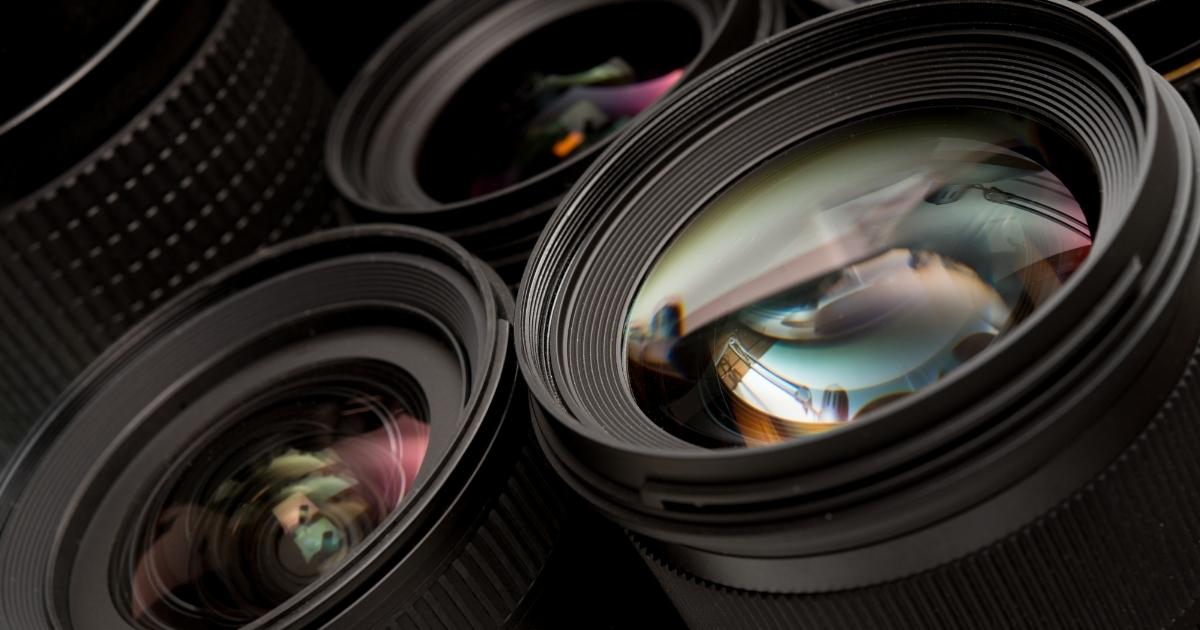
You need to understand their unique features and how they impact the photos you take.
Start with an everyday photography setup using a regular zoom lens like a 24-70mm or 18-55mm.
If portraits are your passion, consider 50mm or 85mm lens. They excel in capturing intricate facial details and expressions.
Wildlife and sports photography require longer lenses to capture the action from a distance so grab yourself a “telephoto” lens.
Wedding or event photos? Lean towards a versatile range comprising 35mm, 50mm, or 85mm lens.
Remember, the right lens and your mastery over it WILL significantly impact your photography.
Post-Production Software
Post-production editing software like Photoshop and Lightroom is crucial in digital photography for enhancing and tweaking your pictures. These tools aid in bringing your unique photographic vision to life.
Photoshop provides high-end photo retouching.
Lightroom excels in photo organization and global adjustments.
Pros of Photoshop & Lightroom:
Versatile Editing: Both offer an array of tools and filters.
File Organization: Lightroom provides superior file management.
Retouching: Photoshop specializes in detailed adjustment.
Cons of Photoshop & Lightroom:
Expensive: Adobe’s programs can be pricey.
Complexity: Beginners might find them overwhelming
System Requirement: They need a powerful computer for smooth operation.
Other Digital Photography Gear You Might Want
Now let’s touch on the other gear you might want.
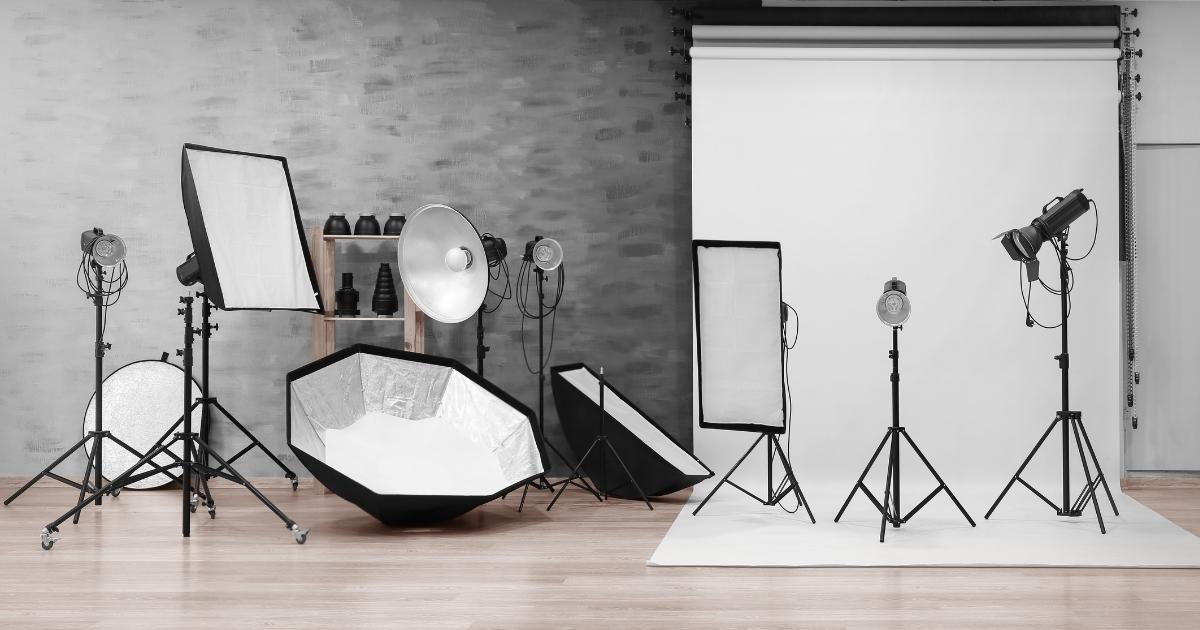
Lighting Equipment: Lighting can tweak the mood, alter the tone, and improve your final image. Natural light, say during golden or blue hour, creates soft, atmospheric shots. But, if you’re in a studio or need complete control of your light source, this is where artificial lighting equipment comes in.
Memory Cards: You’ll need a fast memory card to store your images once they’ve been captured by your camera. Memory cards basically act as your digital film. Without them, all the magic of freezing time and preserving memories digital photography offers would be lost.
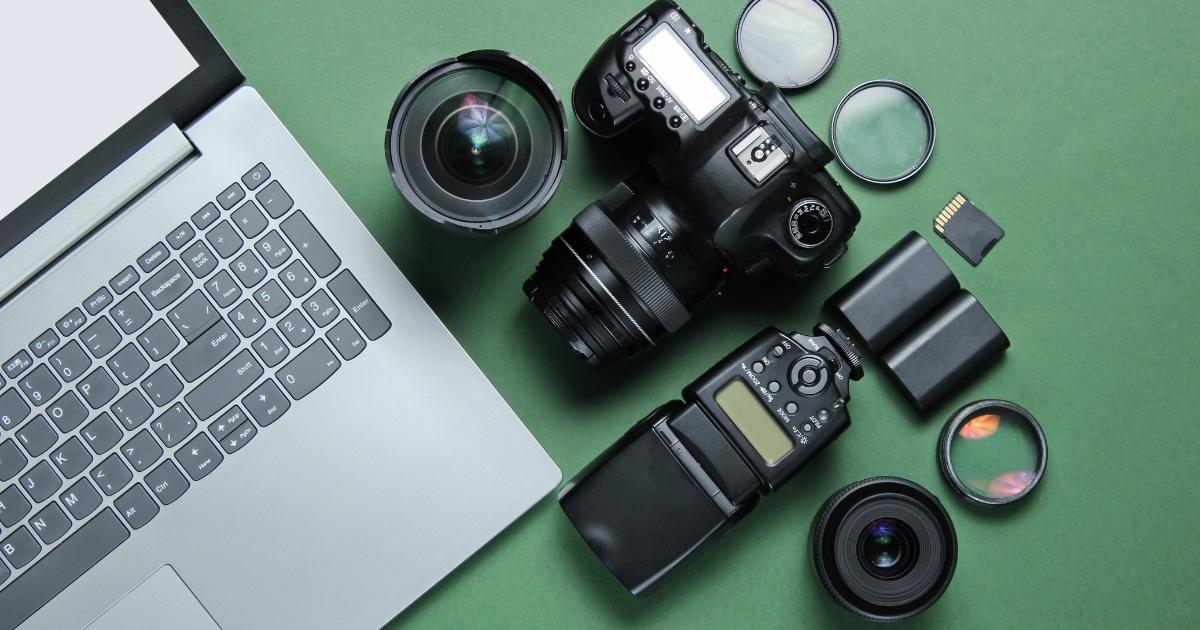
Tripods: A tripod in photography is a sturdy attachment for your camera. It helps keep your camera steady when you take pictures so they come out nice and clear.
They are really helpful when you want to take pictures without any wobbling or shaking, especially in low light or when you want to capture something far away.

Bags: Having a top-notch photography bag depending on the type of photography you plan to do is crucial.
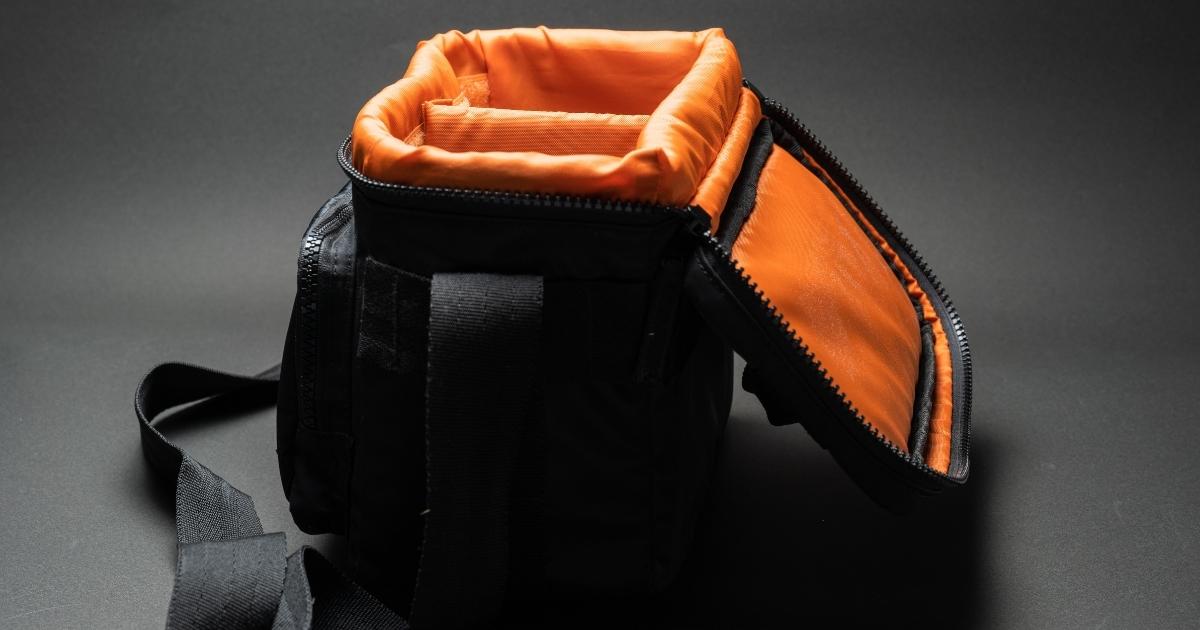
It keeps your equipment organized and protected. Here are some must-have features you should look for in a photography bag:
Adequate space: to comfortably fit your camera and lens
Divider system: for the easy organization of gear and small accessories
Weather-resistant material: to protect your gear from inclement weather
Comfortable carrying options: such as padded straps and customizable fit for on-the-go comfort
High-quality zippers and locks: to ensure secure storage and quick access to your equipment
Batteries: Extra batteries ensure uninterrupted shooting. You don’t want to miss a great shot because you have no extra camera batteries. So, grab yourself a few spare batteries.
On Camera Flash: Light is vital in photography. On-camera flash supplements ambient light, enhancing the quality of your shots. When you take pictures in poorly lit settings, flash protects you from getting underexposed, dull images. And, it allows you to manipulate light to your advantage.
Backdrops: Backdrops in photography are pivotal – they add color, texture, or an entire scene to your photos, shaping the mood and tone of your story.
Digital Photography Printers: Consider investing in a photography printer if you want prints of the images you take. Photo printers make it easy to bring your digital images to life.
The Best Camera: The One You Already Have (Your Smartphone)
Why spend a lot of money on professional digital cameras when your good old smartphone might just do the trick? Smartphone cameras are loaded with features.
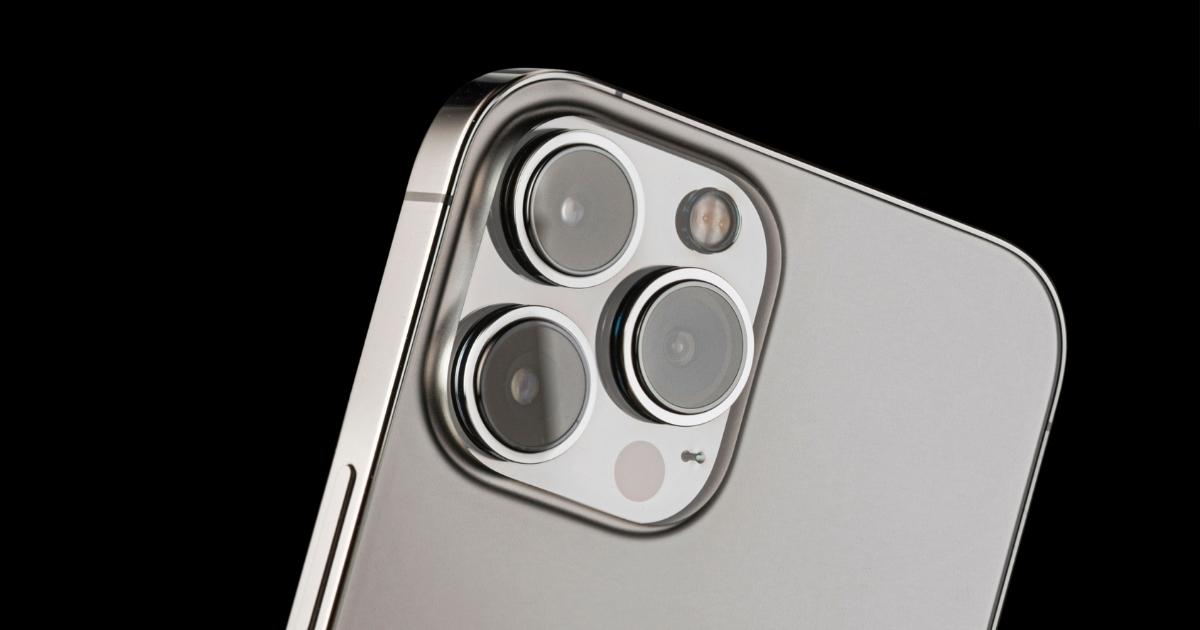
Also, Smartphone Cameras Are:
Easy To Use – Point and Shoot
Portable – Fit In Your Bag/Pocket
Integrate With Social Media Apps
Allow You To Post and Share Anything You Want Fast
Have Built-In Editing Tools
You don’t need an expensive DSLR or mirrorless camera when you’re starting out.
3 Important Camera Settings You Should Know
No matter which camera you start out with there’s a good chance it has a lot of buttons and choices in the menus.
All of those options might seem confusing. But don’t worry, it’s not too hard. Many menu items you might only touch once and never need to touch again.
And the 3 of them are your aperture, shutter speed, and ISO. They control how bright your picture turns out in different ways, each has its own effects.
1. Aperture
The aperture is like the eye of your camera, controlling the amount of light that passes through the lens.
Think of it like a window: A larger aperture (lower f-number) lets in more light, giving the photo a shallow depth of field, perfect for portrait shots where you want to blur the background. And a lower aperture (higher f-number) lets less light into the camera.
2. Shutter Speed
Shutter speed is exactly what it sounds like, it’s the speed at which the shutter of the camera closes. It’s the length of time your camera’s sensor gets exposed to light while capturing an image.
A fast shutter speed creates a shorter exposure and a slow shutter speed gives the photographer a longer exposure.
3. ISO (International Standards Organization)
ISO is a setting on your camera that controls the light sensitivity of the sensor. For instance, with lower ISO numbers your sensor isn’t very sensitive to light, ideal for sunny outdoor settings.
As you increase the camera ISO values higher, the sensor becomes increasingly sensitive to light; this lets you shoot in darker environments without using flash.
How to Improve Your Photography Skills
Now that we’ve gone over the basics of photography, let’s learn how to get better.
Step 1: Recognize Your Current Level Of Photography Skills
You can’t get better without knowing where you are currently.
Spend some time evaluating your current skills. Look at some of your previous photos and decide what areas you need to improve on.
Is it lighting, composition, color, or something else? Knowing what areas you need to work on will help you focus your learning and become a better photographer.
Step 2: Learn New Photography Skills
Once you know where you stand skill-wise, it’s time to learn some new ones.
Immerse Yourself In Learning: YouTue, books, tutorials, and online courses can be a great starting point. They offer a comprehensive grasp of fundamental concepts.
Experiment: Adapt to different styles and subjects for your shoots. Try new angles, settings, or lighting conditions to get a feel of what works best. Be ready to make and learn from your mistakes.
Use Free Resources: Make good use of free materials and tutorials available to you.
Step 3: Practice Your New Photography Skills
Like many skills the more you practice, the better you’ll become.
Start with any camera you can get your hands on. And don’t forget even your smartphone’s camera will do. Commit to taking pictures on a regular basis.
Understand the basics of composition and lighting. These are the building blocks of any great picture.
Don’t be embarrassed with the first pictures you take. It’s a game of trial and error and in time you’ll understand different settings, angles, and lighting setups.
Ask family, friends, and even strangers who are okay with you taking pictures of them to help you practice. Every bit of practice brings you closer to improvement.
Step 4: Experiment and Try Other Types of Photography
Step out of your comfort zone and embrace starting over. You can try new photography styles like landscapes, portraits, or commercial photography.
This allows you to learn various techniques and discover what type of photography you enjoy most.
Each style also presents unique challenges and insights, adding depth to your skillset while helping you find your own style.
Step 5: Find a Photography Mentor
Whenever you’re starting out, ready, or locked in on your own style, a photography mentor can help.

To Find a Photography Mentor:
Provide value (could be as small as helping them clean up after photoshoots)
Look for someone who’s local
Join an online photography community or professional group
Find someone whose photographic style you admire because their advice will align with the skills you want to build.
Make sure they’re serious about helping you out. Mentors should provide regular check-ins and feedback.

Step 6: Keep Learning and Practicing – Getting Better Takes Time
Improving your photography skills requires consistent learning and hands-on practice.
It’s all about constantly refining your technique, acquiring fresh knowledge, and experimenting with new ideas and approaches.
Nothing will happen overnight.
Step 7: Create An Identity For Yourself As a Photographer
Once you’re confident, make it a goal to become known for something.
Creating a distinct identity as a photographer is essential if you want to stand out. Whether that’s bold and colorful or subtle and moody – having your own style is necessary.
Over time, your style will attract people who resonate with your work.
